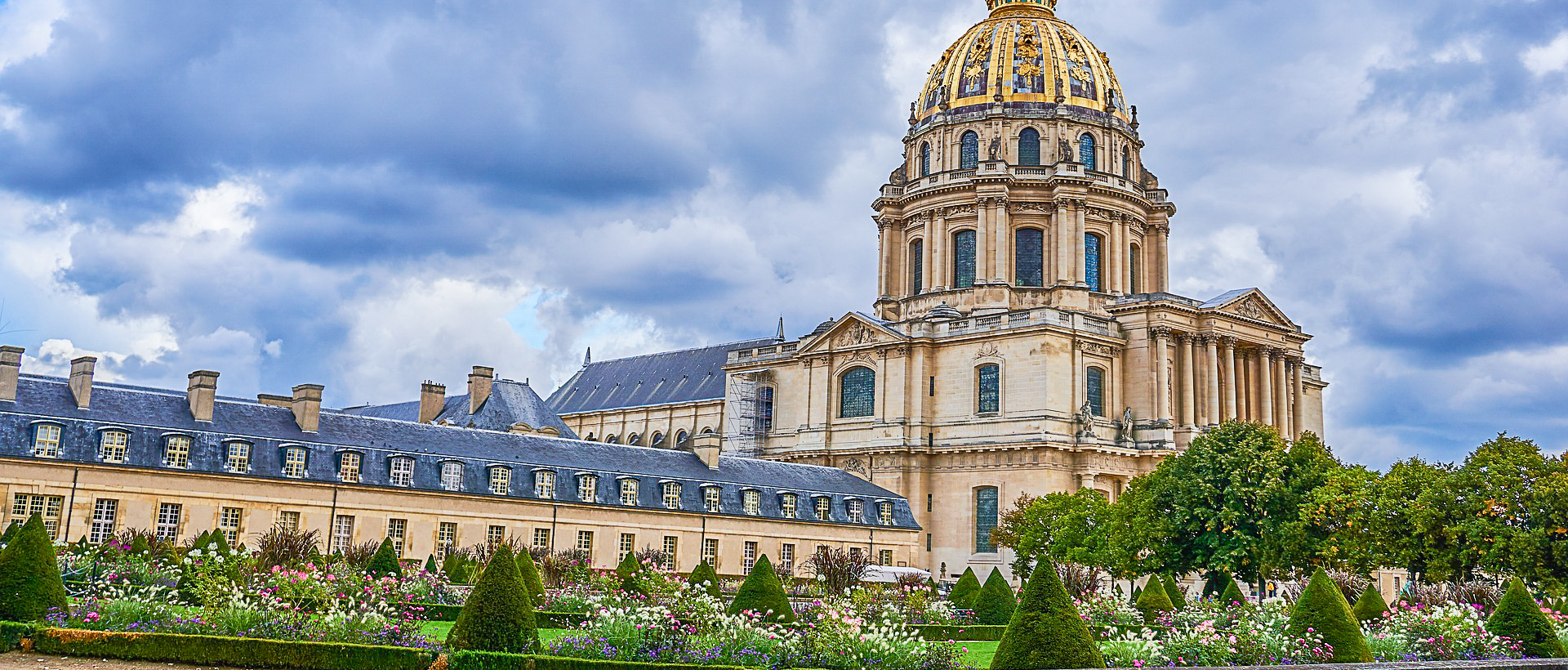From the 18th century onwards, the area became increasingly residential, before being incorporated into the Fermiers Généraux estate. Numerous renowned monuments shed light on its development. The first of these is the “Hôtel des Invalides”, whose construction was ordered by Louis XIV in 1670 to provide invalid soldiers with a place where they could receive help and assistance. In addition to a church, the Hôtel included a factory (uniform), a hospice, and a hospital. The capture of Les Invalides by the people in 1789, with its 32,000 rifles and 27 cannons, was used to capture the Bastille. The Hôtel was later rehabilitated by Napoleon Bonaparte.
Numerous private mansions housed the Republic’s major ministries. Among them, in the 6th arrondissement, the Hôtel de Matignon at 57 rue de Varenne was built in 1722. Following the Second World War, it became a place of power, and remains the official residence of the head of government under the Fifth Republic. Finally, the Paris World Fairs of the 19th century bequeathed the arrondissement with a substantial heritage. First and foremost, the Eiffel Tower became the emblematic building of France abroad. Numerous bridges were also inaugurated on these occasions (Iéna, Alma, Invalides…), including the Pont Alexandre III, designed to symbolize Franco-Russian friendship in 1900.

 Choose an arrondissement
Choose an arrondissement










